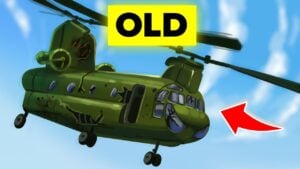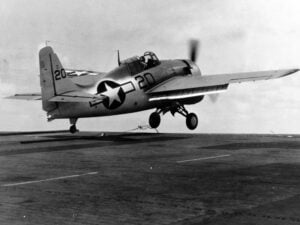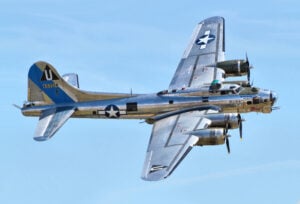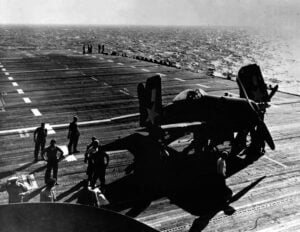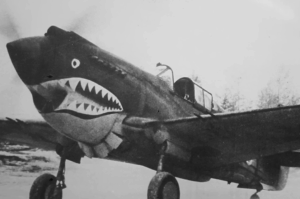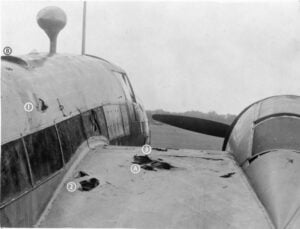Why The FW-190A Was So Fast
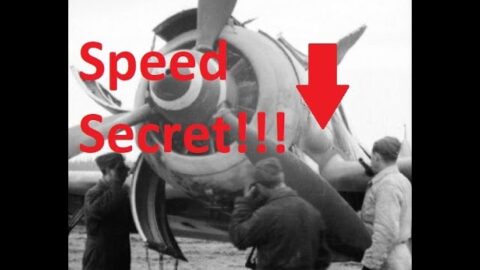
YouTube / Greg's Airplanes and Automobiles
How did the Focke-Wulf Fw 190 manage such blistering speed, with a blunt-nosed design and an air-cooled radial engine? We’ll break down the surprising power and clever aerodynamics behind this iconic fighter and see how German engineering turned drag into dominance.
Origins
When the Fw-190 first flew in 1939, radial-engine land-based fighters were not the norm. Up until the late 1920s, air-cooled and liquid-cooled airplanes were pretty close in terms of performance. When ethylene glycol became commonly available in the mid-1920s, it was a game-changer– it offered the ability to utilize a smaller heat transfer area. Meaning, a smaller radiator as compared with water alone.
Soon, serious work started in super-charged liquid-cooled V-12s and developed into the V-12s we all know in WWII. These engines powered the vast majority of fighters that fought in the European theater during the early part of WWII.
A Dilemma
By the late 1930s, aircraft design had moved on from the bulky, blunt-nosed shapes of earlier fighters. Designers were now focused on creating sleek, streamlined airframes that reduced drag and improved speed—something that was much easier to achieve with liquid-cooled, inline engines. These engines allowed for slimmer profiles and pointed noses, seen on aircraft like the Messerschmitt Bf 109 and the Supermarine Spitfire, both known for their speed and agility.
Radial engines, on the other hand, were air-cooled and had a much larger frontal area, making them seem less ideal for fast, high-performance fighters. But German engineer Kurt Tank, lead designer at Focke-Wulf, saw things differently. How could they get enough speed out of a radial engine fighter to be competitive with the current crop of fast V12-powered planes? Although it was a challenging problem, it wasn’t an insurmountable one.
Using smart engineering, refined aerodynamics, and an efficient cowling design, he found a way to make a radial engine work in a modern fighter. The result was the Focke-Wulf Fw 190, an aircraft that not only kept up with its in-line-engine rivals but often outperformed them, particularly at low and medium altitudes.
A Radial Powerhouse: The BMW 801
The heart of the Fw 190 was the BMW 801, a 14-cylinder, twin-row radial engine capable of producing over 1,700 horsepower, with later variants reaching over 2,000 hp. While radial engines were typically bulkier and generated more drag, the 801 defied expectations through advanced design.
What truly set it apart was the Kommandogerät, an automatic engine management system. This revolutionary device coordinated propeller pitch, throttle, mixture, and supercharger settings through a single lever. It allowed pilots to get maximum performance with minimal distraction and an edge in any dogfight.
The Focke-Wulf Fw 190 didn’t need sleek looks to be fast. It was fast because of smart, innovative engineering. German designers took the usual disadvantages of a radial engine and turned them into strengths, combining them with a streamlined, well-built airframe. The result was one of the most capable high-speed fighters of World War II.














